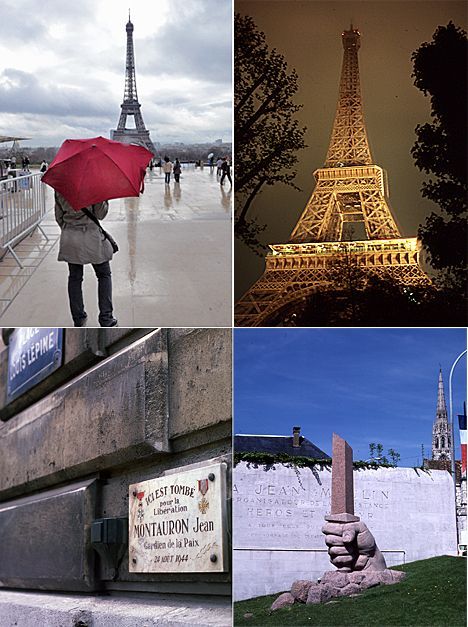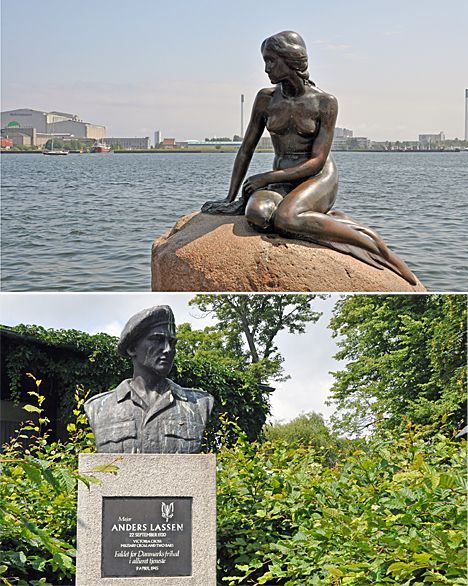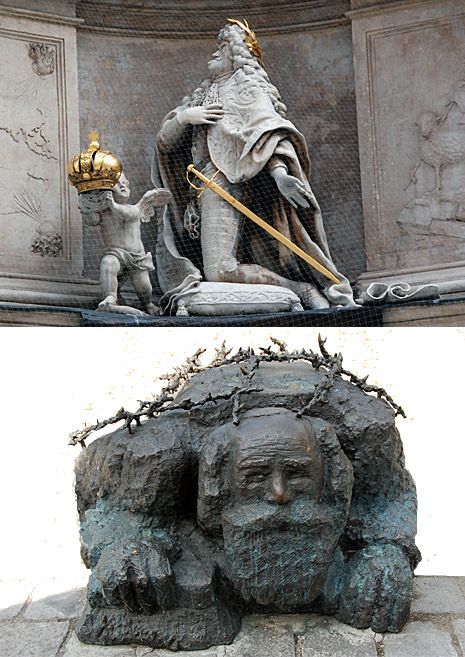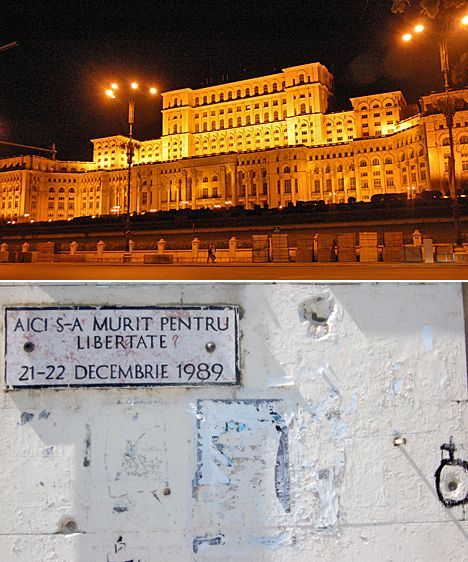- Revenue Cycle Management
- COVID-19
- Reimbursement
- Diabetes Awareness Month
- Risk Management
- Patient Retention
- Staffing
- Medical Economics® 100th Anniversary
- Coding and documentation
- Business of Endocrinology
- Telehealth
- Physicians Financial News
- Cybersecurity
- Cardiovascular Clinical Consult
- Locum Tenens, brought to you by LocumLife®
- Weight Management
- Business of Women's Health
- Practice Efficiency
- Finance and Wealth
- EHRs
- Remote Patient Monitoring
- Sponsored Webinars
- Medical Technology
- Billing and collections
- Acute Pain Management
- Exclusive Content
- Value-based Care
- Business of Pediatrics
- Concierge Medicine 2.0 by Castle Connolly Private Health Partners
- Practice Growth
- Concierge Medicine
- Business of Cardiology
- Implementing the Topcon Ocular Telehealth Platform
- Malpractice
- Influenza
- Sexual Health
- Chronic Conditions
- Technology
- Legal and Policy
- Money
- Opinion
- Vaccines
- Practice Management
- Patient Relations
- Careers
European History Under Your Feet
People travel for their own reasons. Americans probably go to Europe because, as critics say, we're still Euro-centric. We are fascinated by that continent's history.
Photography by the authors
People travel for their own reasons. To Australia, maybe to see the scenery and meet the people. To South America, possibly for the pizzazz, the belief it will be so different. To Antarctica, definitely for the experience. Americans probably go to Europe because, as critics say, we’re still Euro-centric. We are fascinated by that continent’s history.
It’s been a century and a half since the Civil War tore our country apart. Since that time, our nation
—
the one the same critics say was started by European misfits
—
has gone along comfortably with its diverse members and neighbors.
Europe, on the other hand, seems to have been at everyone’s throat for several thousand years. The people the Pilgrim Fathers left behind clearly have not been able to follow George Santayana’s warning that "those who cannot remember the past are condemned to repeat it."
Spain
Santayana was born in Madrid in 1863 and in the hope of finding history under our feet, perhaps, we should start there. The paradox of Europe is that its glories are obvious but the evidence of its wars less so. Maybe that’s OK for visitors; people don’t really want to dig for war history when they go on vacation.
Yet here in Madrid its inhabitants sit contentedly in the Plaza de Espa
a on a sunny day around the statue of Don Quixote and Sancho Panza while, nearby, others stand in the Queen Sophia Museum in front of Pablo Picasso’s famous . The black and white painting dominates a darkened room surrounded by its subdued viewers.
ñ
Those in front of this huge work of art
—
it’s about 26 feet by 11 inches
—
may be speechless by the horror depicted of that day in 1937 (when Adolf Hitler, at the request of Francisco Franco’s forces, sent German and Italian dive bombers to destroy the little Basque town of Guernica in the Spanish Civil War).
Museum guests also may be silent because this is a Picasso painting and, therefore, hard to interpret. Picasso always declined to explain this, arguably his most famous painting.

(Although Madrid’s museums are generous at allowing photography, the crowd around Guernica was so respectful we ended photographing a poster in the museum lobby.)
France
Despite Vichy France’s attempts to collaborate with the Gestapo, France suffered like all Nazi-occupied European countries during World War II. Tourists always head for the Eiffel Tower with their cameras. Less noticed are the plaques on the Paris street corners showing where members of the Maquis, the French underground, died after D-Day trying to help the Allies regain control of the city.

Travelers visiting Chartres to view the cathedral’s magnificent stained glass windows may not understand the monument they pass of a hand holding up a broken sword. It is a tribute to Jean Moulin and the members of the Maquis he organized as the former mayor of Chartres. The Gestapo tortured one member of his group who ultimately betrayed Moulin.
Moulin was arrested with eight other members of his group, says our guide, and died under torture in 1943. The pink granite monument was erected in 1948 as a tribute to those martyrs, including the one who betrayed him in recognition that anyone could break under torture. The town, knowing Moulin, felt he would not have wanted to exclude his fellow Frenchman from this memorial.
Denmark
is
The Little Mermaid is, of course, the signature statue of Copenhagen. Crowds surround it all exclaiming how small it is; they had expected “something grander.” Well there something grander. It’s outside the Museum of Danish Resistance, only a 10-minute walk, but you’d think from the bird manure on the bust of Major Anders Lassen that only pigeons pay attention and come to his monument.

War produces villains but it also creates heroes. Anders Lassen died at age 24, four weeks before the end of World War II in Europe. A Danish citizen, the cousin of one of the men who tried to assassinate Hitler, he escaped to Britain at the start of the war and volunteered for the British Commando service.
Lassen rose through the ranks to become a major in the special boat service of the SAS and earned an unprecedented three Military Crosses, the second highest military award for gallantry. He was awarded the Victoria Cross posthumously for his action in Italy on April 8 and 9 in 1945.
The Victoria Cross is Britain’s highest award for valor. It was given only 182 times in WW II and only once was it awarded to a foreigner: Anders Lassen.
The Netherlands
It’s hard to believe that a visitor to Holland won’t have noticed Amsterdam’s splendid Central Railway Station. It looks like a palace and it was in fact designed by the same architect, C.J.H. Cuypers, who also designed the national museum, the Rijksmuseum, and several of the city’s churches. Not only does it look gorgeous but it’s efficient handling more than 1,500 trains every day
—
on time.

in the station
You are right there in a country that competes with Germany to have the absolutely most efficient national train system in the world so it’s no-brainer to use your Rail Europe pass and take the train to Arnhem and walk over the bridge —
like the one on the River Kwai that was made famous by war and by Hollywood.
The Battle of Arnhem was one of the greatest Allied defeats in World War II. British and Polish airborne troops dropped on Arnhem to capture its bridge over the Rhine and prevent its destruction by the retreating Germans. This was to be the bridge that would permit the Allied advance into Germany and “have the troops home by Christmas.”
It was badly conceived: military intelligence underestimated the huge tank division reserves the Germans had in the area, the paratroopers could not be dropped in the optimal spot, equipment failed and the troops ordered to hold the bridge until reinforcements came held it for 10 days until they ran out of ammunition. Reinforcements never came.
Of the 10,000 Allied troops dropped into action, only 2,000 came back. Col. John Frost who commanded the 2nd Battalion Parachute Regiment, which was to seize the bridge, met intense resistance and only 17 out of the 900 in the battalion returned. Frost, after whom the Dutch named bridge, fought with a broken leg and was eventually captured.
As with all military cemeteries it is a somber moment to stand amongst the crosses.
Austria
Vienna is a walking city. Visitors invariably pass the towering Pestsäule, the 1667 monument in the Graben that shows Emperor Leopold I piously thanking the Virgin Mary for the power she gave him as emperor to cure the outbreak of plague in the city.

Less obvious with a much lower profile (literally) is a memorial behind the Opera House to the suffering of Austria’s Jews, where sculptor Alfred Hrdlicka portrays a Jew prostrate, forced to scrub the pavement by the Nazis. After Auschwitz, local Jews were ordered into the streets, sometimes with toothbrushes, to scrub anti-Nazi graffiti off the street and buildings.
Hrdlicka created this sculpture to accuse those Viennese who stood by and did nothing.
The barbed wire was placed later to stop Austrian children from sitting on the statue! It is part of a larger display against War and Fascism by the same artist.
Romania
There stands President Nicolae Ceausescu’s palace, as self-indulgent as Versailles but bigger —
in fact the only building larger is the Pentagon in the United States. To raise this monstrosity, Ceausescu nearly obliterated a city once known as “the Paris of the East” and almost starved its population to death.

The other side of the coin in Bucharest is the damage seen in the streets when a population realizes it has seen enough and decides to do something about it. Shell holes in the walls remind tourists of the closing days of 1989 when the Romanian people rose up and executed this megalomaniac leader who had failed their trust.
The English did the same to Charles I in 1649, the French to Louis XVI in 1793, and all those in the Arab Spring did the same to their despots in 2011.
Santayana got it right. Nobody learns from history.
The Man Who Cried Orange: Stories from a Doctor's Life.
The Andersons, who live in San Diego, are the resident travel & cruise columnists for Physician's Money Digest. Nancy is a former nursing educator, Eric a retired MD. The one-time president of the NH Academy of Family Practice, Eric is the only physician in the Society of American Travel Writers. He has also written five books, the last called
